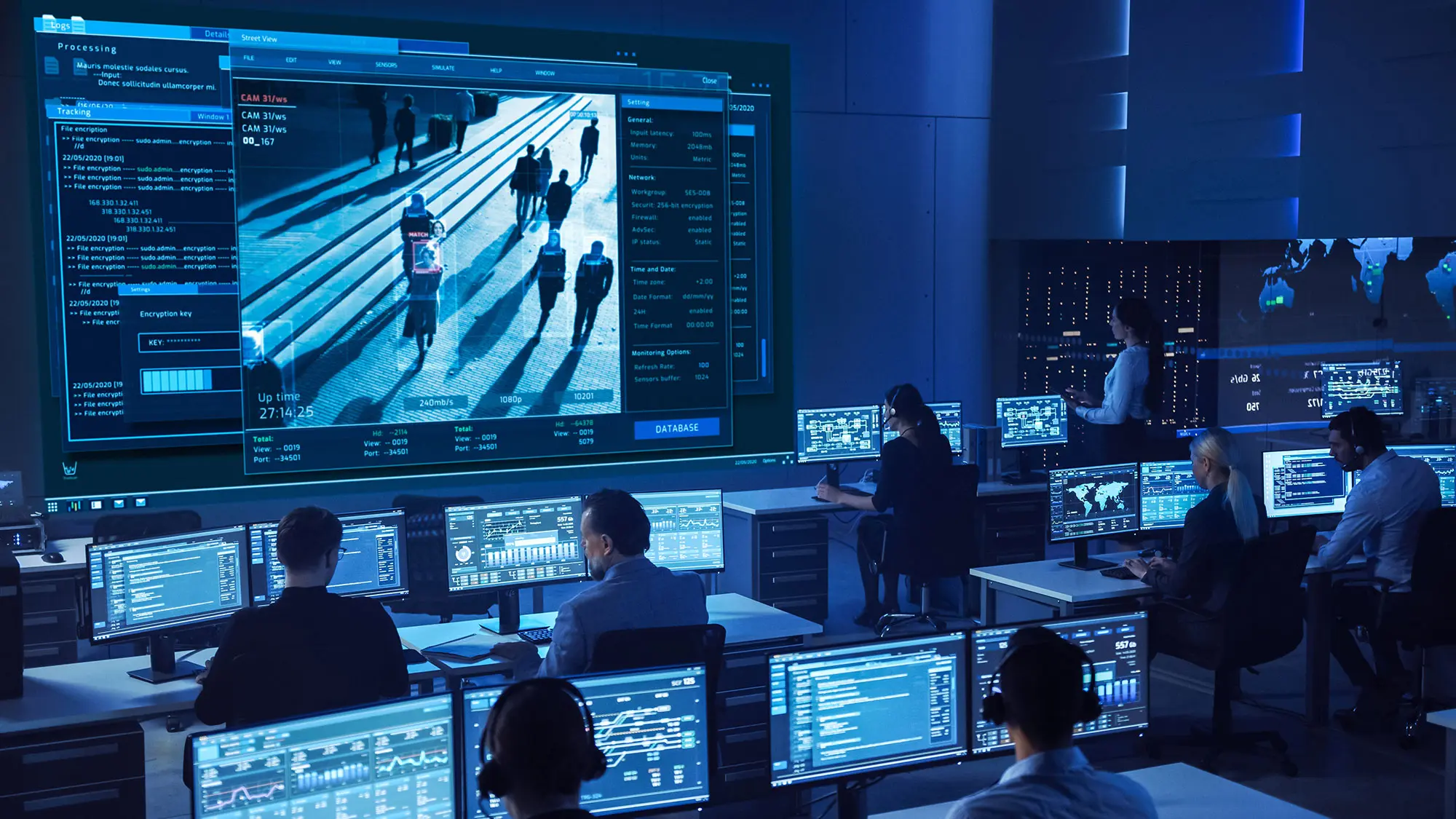



It is now possible to build a digital ecosystem that replicates a country, alliance or international organisation at vast scale and complexity. This Single Synthetic Environment (SSE) in a public safety and security use case supports how policy is made and communicated; how resilience is maintained in the face of natural and man-made disaster, confrontation and/or conflict; and how national security, including border management and counterterrorism, is maintained.
The SSE, also known as ‘’Digital Twin’’, is conceived as a visual simulation of the physical construct of a country. This includes high-quality mapping and the modelling of critical national infrastructure, especially transport networks, power and water distribution, and telecommunications. It can be integrated with the development of smart city data that provides a wealth of open-source data. However, CAE’s SSE digital ecosystem is different and far more powerful than smart city data alone.
The SSE digital ecosystem gives decision-makers a rich and intuitive picture of how the country works in near real-time. It shows the effect of physical events such as a disaster, epidemic or cyber-attack and how this is reflected in the way people move and how they feel about the situation. Therefore, this is a ground-breaking improvement in collective understanding. This same richness can support how decisions are made, how resources are distributed, and how messages are defined and communicated. The digital ecosystem can also be used to communicate courses of action between countries, within a country, and between different level of authority. The algorithms from the use of artificial intelligence and machine learning will provide guidance for alternative courses of action.
The capacity to improve understanding, decision-making, planning, directing, communicating and operational coordination will also mean that the digital ecosystem supports individual and collective training. The SSE ensures data protection and cyber resilience, while contributing to improving nations’ governance, resilience, and security.